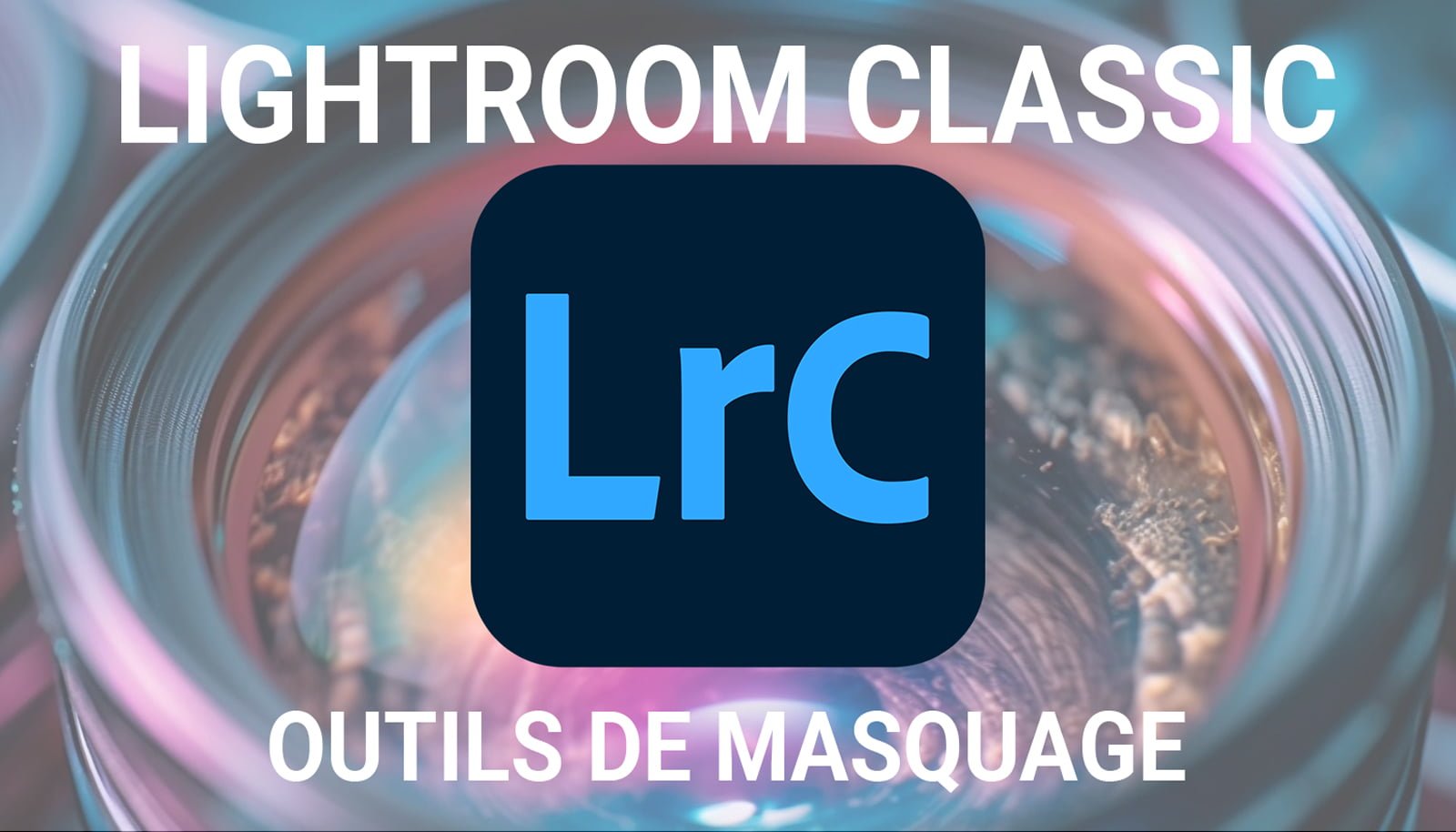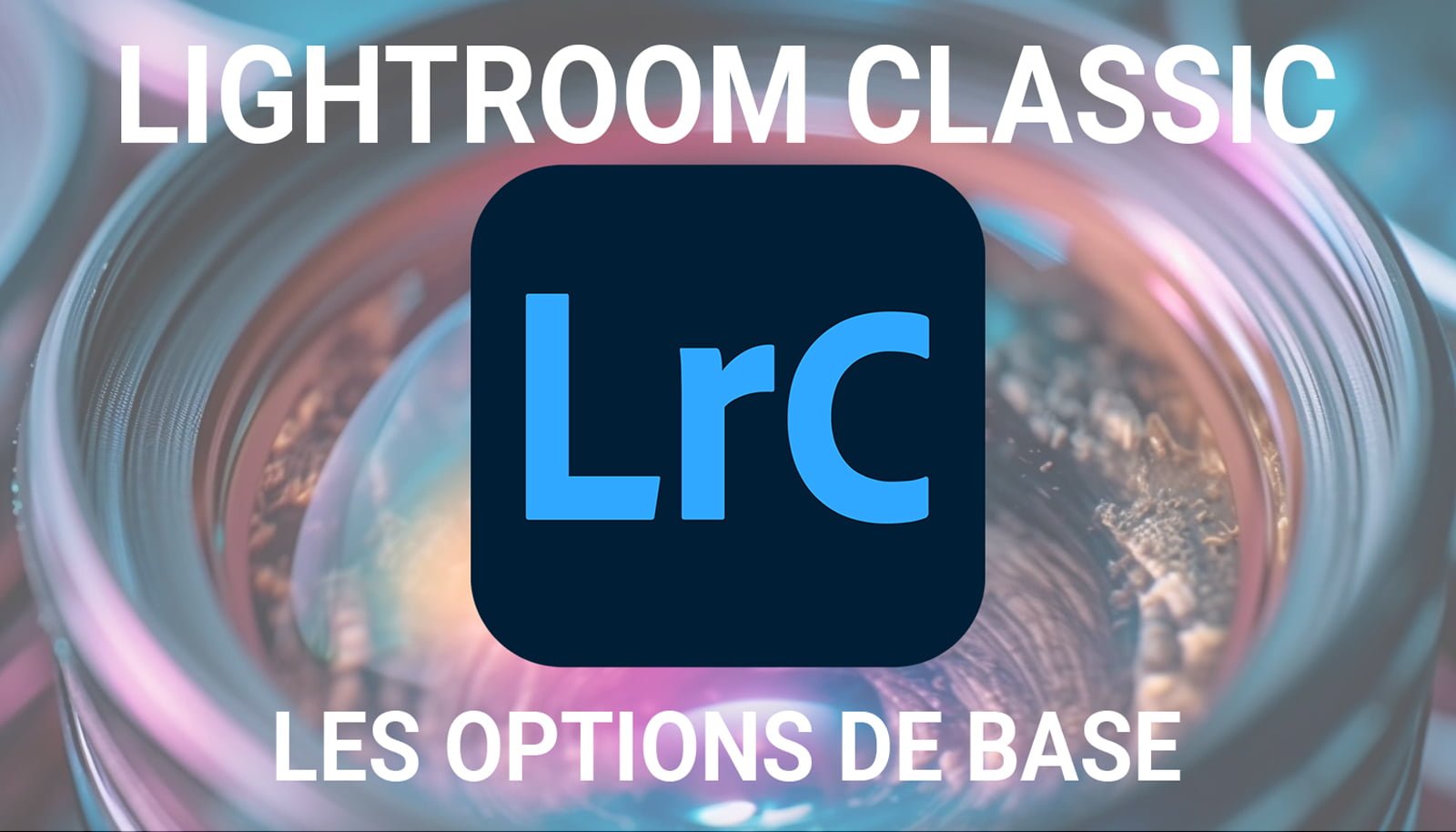Lightroom Classic is a very popular photo editing software among professional and amateur photographers. One of the most important modules of Lightroom Classic is the development module, which offers many features to improve and transform your images.
NAVIGATION
The Lightroom Classic development module offers a user-friendly and easy-to-navigate interface. You can easily switch from one photo to another by using the navigation arrows or by simply clicking on the photo thumbnails in the sidebar.
Predefined parameters
Presets are presets that can be applied to your photos to give them a specific look. Lightroom Classic offers a wide range of presets, from vintage styles to modern and creative looks. You can also create your own presets for more personalized photo editing.
Snapshots
Snapshots are virtual copies of your photos at a specific time in your workflow. They allow you to return to a previous version of your image, even after making changes. Snapshots are particularly useful when you want to compare different versions of the same photo or when you want to return to a previous version when editing.
BACKGROUND
The history allows you to view all the editing steps you have performed on a photo. You can go back to any step in the history to undo or modify your changes. This gives you great flexibility and allows you to experiment with different retouching options without fear of losing your previous work.
COLLECTIONS
Collections are a convenient way to organize your photos. You can create collections to group similar photos, create selections for specific projects or simply organize your photos by date, place or any other criteria you choose. The collections allow you to keep your photos well organized and easy to find.
histogram
The histogram is a graph that represents the distribution of tones in your image. It allows you to visualize the dark areas, light areas and middle tones of your photo. By understanding the histogram, you can adjust the brightness and contrast levels to obtain a well-balanced image.
Basic settings
The basic settings allow you to adjust the essential parameters of your image, such as exposure, white balance, saturation and sharpness. These settings allow you to correct the basic problems of your photo and obtain a well-balanced and attractive image.
Tone curves
Tone curves allow you to adjust brightness and contrast more precisely. You can modify the tone curves to create specific effects, such as light and bright tones or dark and dramatic tones. Tone curves offer great flexibility to adjust the general appearance of your image.
Color mixer
The color mixer allows you to adjust the saturation and brightness of individual colors in your image. You can create unique looks by changing the primary and secondary colors of your photo. The color mixer is a powerful tool to create creative and stylized effects.
Color grading
Color grading is a retouching technique that consists of adjusting the colors of an image to create a specific atmosphere. Lightroom Classic allows you to apply warm, cold or neutral tones to your image, as well as change the hue, saturation and brightness for each individual color. Color grading allows you to give an artistic touch to your photos.
Detail
The Lightroom Classic development module also allows you to adjust the details of your image. Such as sharpness and noise. You can refine the details of your photo for optimal sharpness, as well as reduce noise to get a cleaner and sharper image.
Corrections of the objective
If your lens has introduced distortions or chromatic aberrations in your image, Lightroom Classic allows you to correct these problems. You can easily adjust distortion, chromatic aberrations and other optical problems to get a sharper and more accurate image.
transformation
The Lightroom Classic development module also offers you transformation tools. To correct the perspectives and straighten the lines in your image. You can easily adjust perspectives, straighten inclined buildings and correct other composition problems to obtain a well-balanced and professional image.
Blur of the objective
If you want to add a blur effect to your image, Lightroom Classic allows you to simulate the blur of a lens. You can adjust the amount of blur, the shape of the bokeh and other parameters to achieve the desired effect. This allows you to add an artistic touch to your photos and create selective focus effects.
Effects
The Lightroom Classic development module also offers a range of special effects, such as vignetting, neutral density filters and grain effects. You can add these effects to your image to give it a unique and creative look.
Calibration
Calibration allows you to adjust the colors and tones of your image using specific color curves. You can create vintage looks, sepia tones or other creative styles by adjusting the color curves. Calibration allows you to add a personal touch to your photos.
Screen testing
Finally, the Lightroom Classic development module also offers a screen testing feature. It allows you to view your image as it will appear on different types of screens. This allows you to ensure that your image will be rendered on different devices. Such as computers, tablets and smartphones.
Conclusion
In conclusion, the Lightroom Classic development module offers many powerful features to improve and transform your photos. Whether you are a professional photographer or a passionate amateur, Lightroom Classic offers you the tools you need to create exceptional images.


